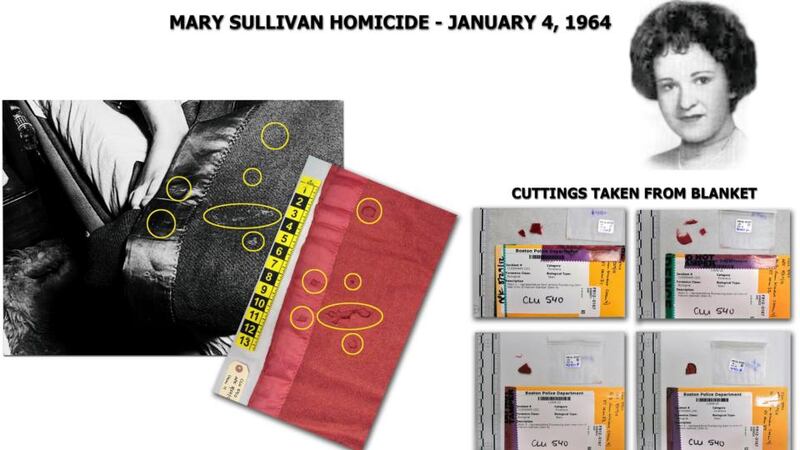US authorities say they have linked DNA from the man believed to have been the Boston Strangler to a 19-year-old woman who has long been thought to have been his final murder victim nearly 50 years ago.
The strangler is believed to have killed 11 women in the early 1960s, terrorising the Boston area for 20 tense months as he hunted women who ranged in age from 19 to 85 years old. The fear that gripped the city was heightened because most of the victims had been sexually assaulted and killed in their own homes. Some women were said to have moved away from the city out of fear.
Authorities announced this week that they had recently tested seminal fluid that had been found on the body of Mary Sullivan, who was sexually assaulted and strangled to death in January 1964, and had found a near certain match with Albert DeSalvo, the man who confessed to the Boston Strangler murders but was never convicted of the crimes.

DeSalvo was stabbed to death at the Massachusetts Correctional Institution - Walpole, in 1973.
He was serving a life sentence for rape and other crimes. The DNA samples taken from Sullivan’s body and a blanket in her Charles Street home, which authorities have saved for nearly five decades, match DNA collected from a water bottle used recently by a nephew of DeSalvo, authorities said.
A Superior Court judge has granted permission to exhume DeSalvo's body to determine a more conclusive link. The exhumation could occur as soon as this week.
"There was no forensic evidence to link Albert DeSalvo to Mary Sullivan's murder until today," said Daniel F. Conley, the Suffolk County district attorney, at a news conference yesterday in which the findings were announced.
Even if there is a DNA match however, doubts will remain about whether DeSalvo was in fact the Boston Strangler - or just one of several people who committed the murders - because of inconsistencies in his confession. Casey Sherman, Sullivan’s nephew, said that the new evidence “provides an incredible amount of closure.”
NYT










